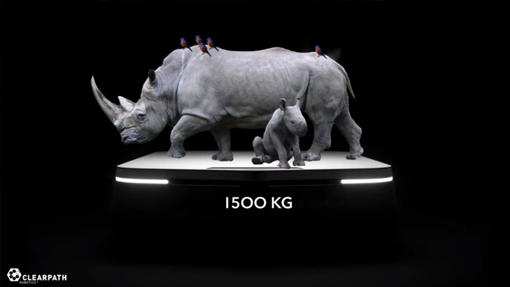Your organization is growing so fast that you can’t keep up. One of your facilities isn’t operating at peak efficiency. Your company is a victim of labour shortage. These challenges have lead you to proactively look for ways to improve your operation – you need to in order to survive. The fact is that the materials handling market has evolved and the changing environment is impacting materials transport in several ways. Watch this 30 minute webinar, or enjoy the quick notes below to gain critical insight on growing industry challenges and how OTTO – the world’s first self-driving vehicle for material transport – was built to address them.
An evolving industry
Warehousing, operations, logistics, and factory floors aren’t what they used to be; the world of materials transport is changing in several ways. Here are a few:
- Increased demand through e-commerce. Online shopping is transforming the marketplace and increasing demand on material movers.
- Rising complexity. We have an empowered customer that is demanding variety and customization in the marketplace. What that’s doing in manufacturing is shrinking lot sizes, which is causing manufacturers to move smaller amounts of more things.
- Higher cost pressures. We compete in a global marketplace; 54% of companies in BCG’s latest survey have confirmed that they are seeking to re-shore part of their operation so they can be closer to the customer. They can only do that, however, if the total cost of operation is competitive with oversees low cost operations.
- Increased connectivity. The fourth industrial revolution is here and connected devices are expected to improve efficiency of operations by up to 80%.
Benefits to new technology
To date, tasks such as lineside delivery, long distance material transport, cell-to-cell transport or “virtual” assembly lines have been too difficult to automate with traditional technology. Now, however, the technology exists to complete one or all of these jobs in a facility – the benefits represent significant impact on ROI. Here are a few:
- Less worker’s compensation incidents as self-driving vehicles reduce accidents and injuries.
- Reduction in infrastructure costs because there is a reduction in tooling and equipment change over as production lines change
- Reduction of training expenses, because there’s no longer a need for seasonal workforce requirements
- Reduction in maintenance because these vehicles now take optimal paths at optimal speeds, reducing wear on the actual vehicle itself
- Reduction in inventory needs with an optimized, centrally controlled just-in-time transport system giving operators access to real-time data that they’ve never had before
The webinar was originally hosted on October 15, 2015. Click the banner below to watch it NOW:


